Wolverine, Fox, Lynx , Marten
Wolverine
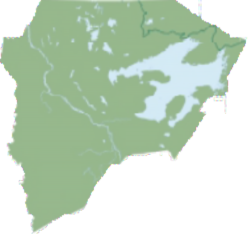
The wolverine (Gulo gulo) is the largest member of the mustelid family (otters, weasels, etc.) in North America. This squat, powerfully-muscled animal resembles a small, flattened bear. Wolverines are dark brown with a light grayish forehead and a pale stripe running from the shoulders along each side and crossing the rump. The wolverine's dense fur, with long guard hairs that do not ice up in winter, is highly prized for trimming parkas. Their large paws help them move on top of crusted snow. Awolverine has a dark bushy tail, a broad rounded head, small eyes and ears. Males average 1.2 meters in length and 0.5 meters in height at the shoulder. An average male weighs about 15 kilograms. Females are smaller, averaging about 0.9 metres in length and weighing about 10 kilograms.
Red Fox
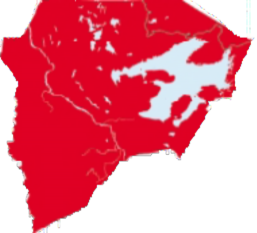
The red fox (Vulpes vulpes) ranges throughout the Sahtu below the treeline. The red fox is a small carnivore with an agile and lightly built frame. It is distinctive for its coat of long lustrous fur, and its relatively large and bushy brush (tail) and ruff (collar). A typical male fox weighs about 5 kg and stands about 35 cm at the shoulder, while the femaletends to be slightly smaller.
Arctic Fox
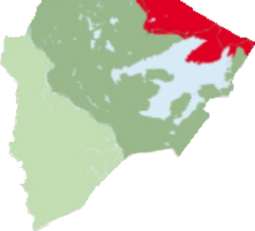
The arctic fox (Alopex lagopus) has a compact body with short legs, short ears, dense fur, and thickly haired foot pads which provide traction on the ice as well as protection from the cold. The average height of an adult male is 25-30 cm at the shoulder, with the female being slightly smaller. The adult male fox weighs about 3-4 kg. Like many arctic animals, the arctic fox changes colour with the seasons to stay camouflaged. In the winter, their coat turns to a brilliant white, although some may have blue-grey patches, while in the summer it turns brown.
Lynx
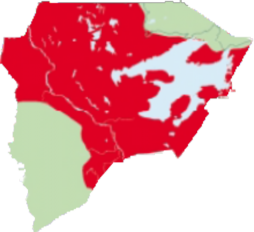
The lynx (Lynx canadensis) is the only wild felid found in the boreal forests of the Northwest Territories. It is a medium-sized animal (10 kg for males and 8.5 kg for females) set on solid legs, those at the rear noticeably longer than the front, with large paws, a fairly small head, and a very short tail. The coat is long and thick with distinctive tufts on the ear tips. Long fur on the feet aids movement over soft snow. “Sideboards” become especially noticeable in winter, and may develop to a nearly full ruff. Its colour ranges from grey to brown.
Lynx can climb well and are good swimmers. They have acute vision and will stalk prey over long distances or wait patiently in ambush before making a final, typical cat-like bound from as close as possible. They are usually solitary animals and nocturnal hunters, but cooperative hunting has occasionally been observed, with rabbits being driven towards a waiting ambush, or a pair of lynx stalking from both sides of joint prey.
Marten
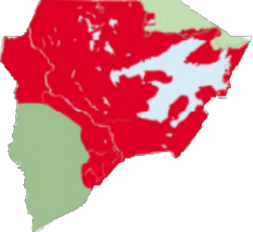
The marten (Martes americana) is found within the boreal forest of the Northwest Territories. It is a mediumsized member of the weasel (Mustelidae) family, and is closely related to fishers, badgers and weasels.
Martens that are found in the Northwest Territories are larger than those found further south. They are about the size of a house cat, with the adult male weighing about 1.5 kg, and measuring about 75 cm in length. The adult female is about three-fourths the size of the male.
The fur of the marten is soft and thick, varying in color from yellowish-brown to reddish or dark brown. The martens' throats are pale buff; their tails and legs are black. Two vertical black lines run above the inner corners of their eyes. In winter, long hairs grow between the toe pads on the martens' feet. These keep the feet warm and enable them to travel on snow.

wolverine
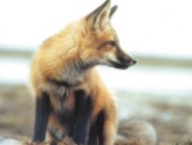
red fox
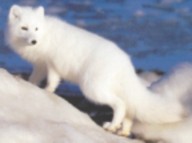
arctic fox
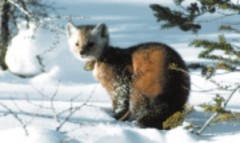
marten
[ Sahtu Atlas Table of Contents ]
[ Next Section ]



 Phone: 867-374-4040
Phone: 867-374-4040 Email:
Email: